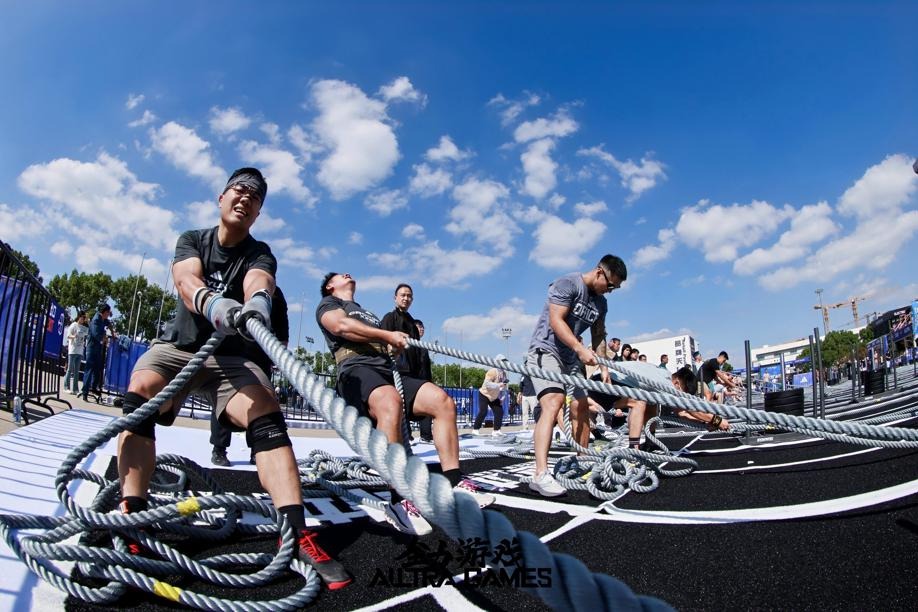Youth the key for developing Chinese football

The Asian Cup final between China and Japan at Workers' Stadium in Beijing took place on Aug 7 2004. It was the first time the tournament had been held on the Chinese mainland.

The game finished 3-1 to Japan, but it marked a significant achievement for the Chinese men's football team, having only reached the final once before, in 1984.
This came off the back of China's first ever qualification for the World Cup two years earlier in Japan and South Korea. It seemed that in the early 2000s that Chinese football was turning a corner. Unfortunately, nearly 15 years later, this progress hasn't been built on.
Last month China made the Asian Cup quarterfinals, before crashing out 3-0 to Iran. The result was to be expected, with Iran – along with Japan, South Korea, and Australia – considered one of the pre-tournament favorites.
Now is the time to reflect on the positives and negatives for the national team and what needs to be done to take the side to the next level.
The quarterfinal marked the end of Marcello Lippi's nearly two-and-a-half-year tenure as national coach, and the Chinese Football Association (CFA) now find themselves looking for someone to take the helm.
His time in charge has been mixed.
China's efforts to qualify for the 2018 World Cup started promisingly, going down valiantly 3-2 away to South Korea and drawing 0-0 at home to Iran. These results were then followed however by crushing defeats to Uzbekistan and Syria. Despite a victory over South Korea in the return game, these losses were ultimately the side's un-doing.
It's fair to say that although China didn't regress under Lippi, they didn't really progress, either. And when you consider that Lippi is a World Cup winner, many will consider his performance a disappointment.
But on the other hand, he could only coach what he's got. With an average age of 29, China had the oldest team at the tournament. China's oldest player was veteran Zheng Zhi, 38, who has won 108 caps for the national team. Surprise Asian Cup winners Qatar had an average age of 25,
Considering the national team hasn't made any significant progress since reaching the final of the Asian Cup in 2004, perhaps focusing on youth is the way forward.
Take Germany: At the 2000 European Championships, Germany crashed out in the group stages without winning a game, despite winning the tournament four years earlier. This was a disaster for the Germans.
The German Football Association then began promoting youth. In 2001 they made it compulsory for all Bundesliga teams to have a youth academy. This was later also applied to German football's second division. Between 2001 and 2011, the German Football Association invested around $500 million into the country's youth game.
The results have been clear. In 2014 Germany were world champions once again, with 14 of the squad's 23 players 25 years old or younger.
Although it's yet to deliver senior silverware, England's investment in youth is also beginning to pay off. Their semifinal appearance at the 2018 World Cup in Russia was their best performance in the tournament since 1990, while their under-20 and under-17 teams were both world champions in 2017.
A factor in this success has been St George's Park, established in 2012 for training national teams and developing youth players. It's based on the INF Clairefontaine center in France, which opened in 1988 and helped birth the French World-Cup winning team of 1998.
There's no reason why China can't similarly prioritize the youth game.
There are already signs that the government is doing this. In 2015 president Xi announced a football reform plan, with the overall aim of making China into a world footballing power by 2050. As part of the plan, Xi announced plans to build 30,000 football academies by 2025 and the construction of 60,000 pitches nationwide.
One such academy is the Evergrande Football School in Qingyuan, Guangdong. Established in 2012, the 167-acre campus is the world's largest football school and offers pupils full-time schooling alongside training from world-class coaches.
It would be facile to analyze the national team without considering the Chinese domestic game and the Chinese Super League (CSL). Since its establishment in 2004, the CSL has increased in popularity, going from an average attendance of nearly 11,000 in its inaugural season to just over 24,000 in 2018
It's welcomed top foreign stars in recent years. Former Chelsea forward Didier Drogba played for Shanghai Shenhua in the 2012 season, while in 2017, eyebrows were raised when Brazilian Oscar signed for Shanghai SIPG from Chelsea for an estimated transfer fee of £60 million. Just last month Marouane Fellaini, once of Manchester United, signed for Shandong Luneng.
There has been concern however that while players like these draw crowds, they limit opportunities for Chinese youngsters. The CFA has addressed this concern.
In 2017 it announced measures to limit the number of foreigners to three per line-up, while starting 11s must include a Chinese player under the age 23, as well as having a second player in the matchday squad. In 2018 it also stipulated that the foreign players in a given team mustn't outnumber under-23 Chinese players.
When will these measures bring results? The authorities realize that there is no short-term fix – they're playing the long game. It may take several years for us to see tangible improvement on the field.
But the wheels have been set in motion.
Most Popular
- Dubi: Milano-Cortina key to finding workable Winter Games formula
- Even in the Alps, artificial snow will play a major role
- IMG integrates Mailman to propel sports industry growth in China
- A natural opportunity for growth
- Vonn says she has 'nothing to prove'
- Alltra Games 2025 wraps up 3-days of CrossFit challenges in Shanghai





























